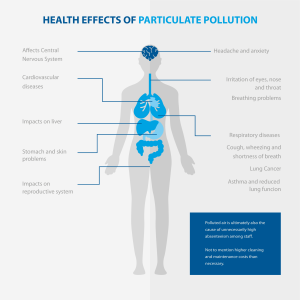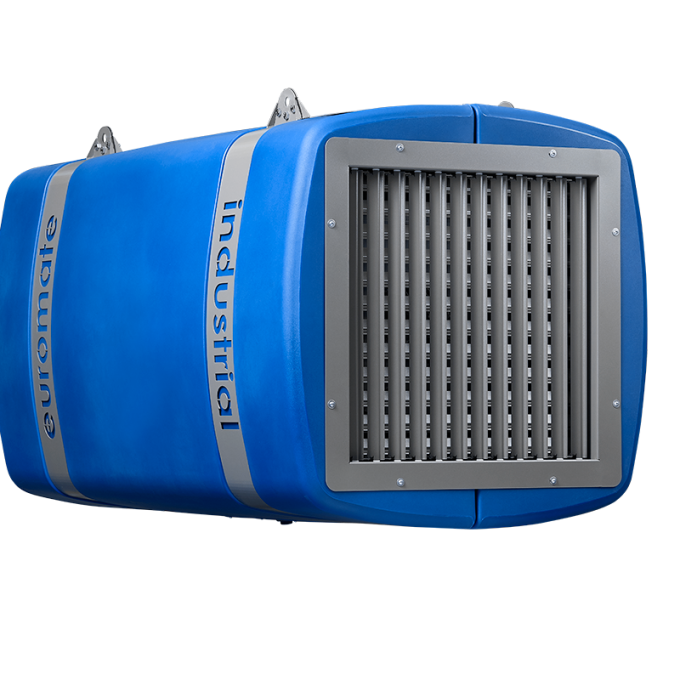Fine dust is not that fine, right?
You often cannot see it with the naked eye, but it is all around us: fine dust. It is one of the world’s largest sources of pollution. Not only outside, but also in indoor spaces such as logistics environments, production halls, offices, schools and printer rooms, there is often dust nuisance.

Short and long-term effects of particulate matter on your health
Air pollution in the form of particulate matter is one of the biggest threats to health. These suspended particles with a diameter of 10 and 2.5 microns (µm) (PM₁₀ and PM₂.₅, respectively) can cause serious damage. Both PM₂.₅ and PM₁₀ are capable of penetrating deep into the lungs, but PM₂.₅ can even enter the bloodstream.
The very small and therefore alveolar particles pose a particular health hazard. Inhalable dust so fine that it can penetrate into the smallest branches of the lungs, the alveoli (pulmonary alveoli). The smaller the dust particles are, the deeper they enter the lungs. From there, the particles spread to the lymph and blood vessels.

The best air cleaner to filter fine dust from the air

DFI-Series industrial air cleaners
- Ensures dust reduction of up to 90%
- customised solution based on dust concentration
- Suitable for warehouses, industrial and logistic halls

Air Quality Sensors
- Measures PM 10, PM 2,5, PM 1, CO2, temperature and humidity
- Always real-time insight into your air quality
- Periodic reports and alerts available

HF-Series Industrial air cleaners
- Filters up to 90% of the contamination
- Suitable for industrial environments
- Customized solution for different pollution sources

Pure Air Shield 3300
- Removes fine dust, viruses and bacteria
- Suitable for large spaces (from 200m2)
- SGS certified, proven effective

VisionAir Blue Line
- Wide range of applications thanks to unique filter combinations
- SGS certified and therefore proven effective
- Has a positive effect on productivity and absenteeism


“The high dust concentration led to complaints such as burning eyes, sore throats and headaches.“
See our Solutions

Viruses and bacteria

Odours & Gases

Cigarette smoke

Grease & Oil

Fine dust
Get in contact with us




